President Biden has voiced concerns over the high cost of groceries, attributing the issue to large grocery chains overcharging consumers. His comments aim to address the financial burden that inflated food prices have placed on American families.
“There are still too many corporations in America ripping people off: price gouging, junk fees, greedflation, shrinkflation,” Mr. Biden remarked during a speech in South Carolina.
Addressing Inflation and Price Gouging
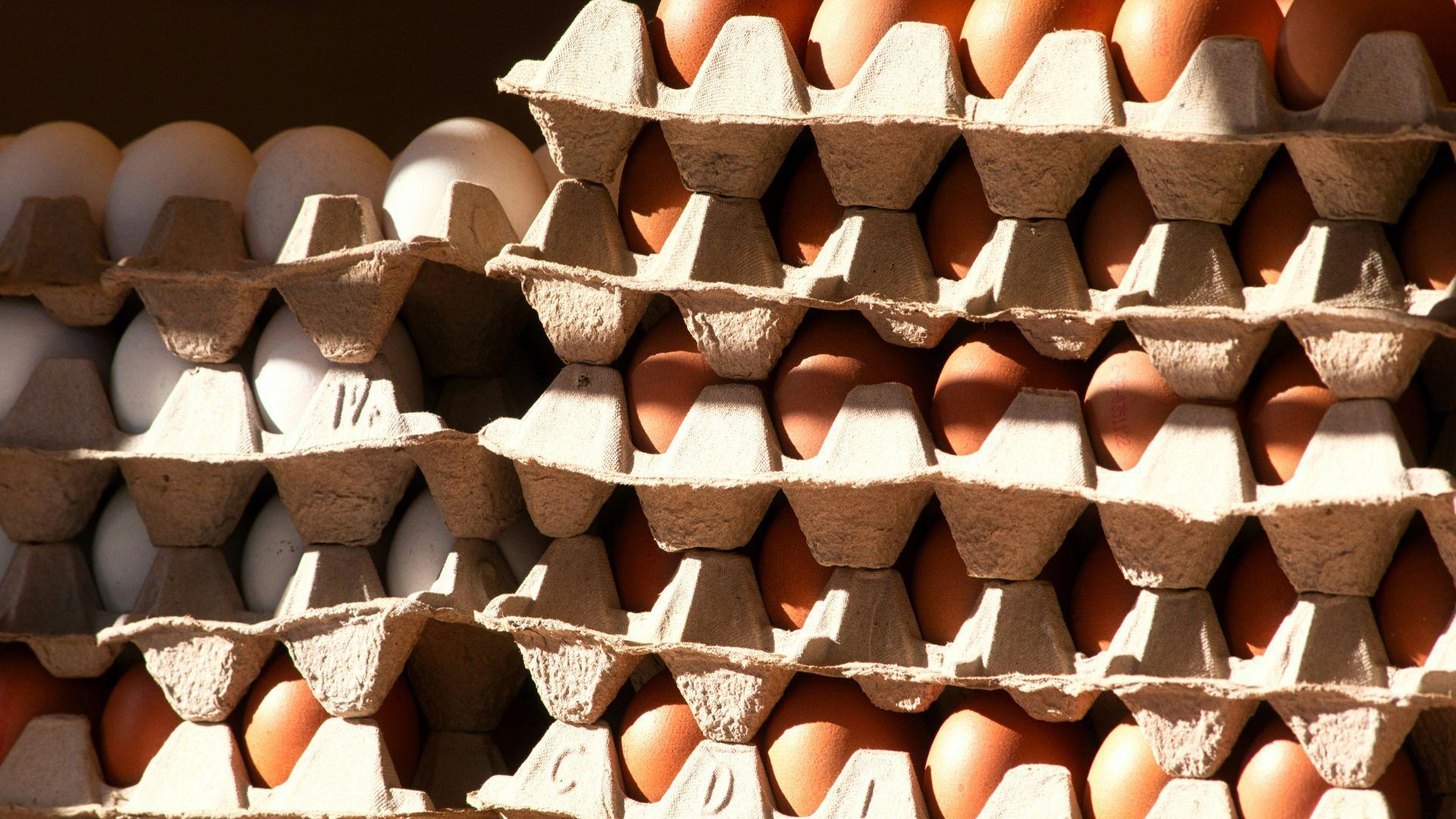
In his efforts to address inflation, President Biden pointed out that, despite successes in lowering inflation rates, certain practices like price gouging and “greedflation” continue to burden consumers.
“Inflation is coming down. It’s now lower in America than any other major economy in the world,” Biden said. “The cost of eggs, milk, chicken, gas, and so many other essential items have come down.”
The Impact of High Prices on Consumers
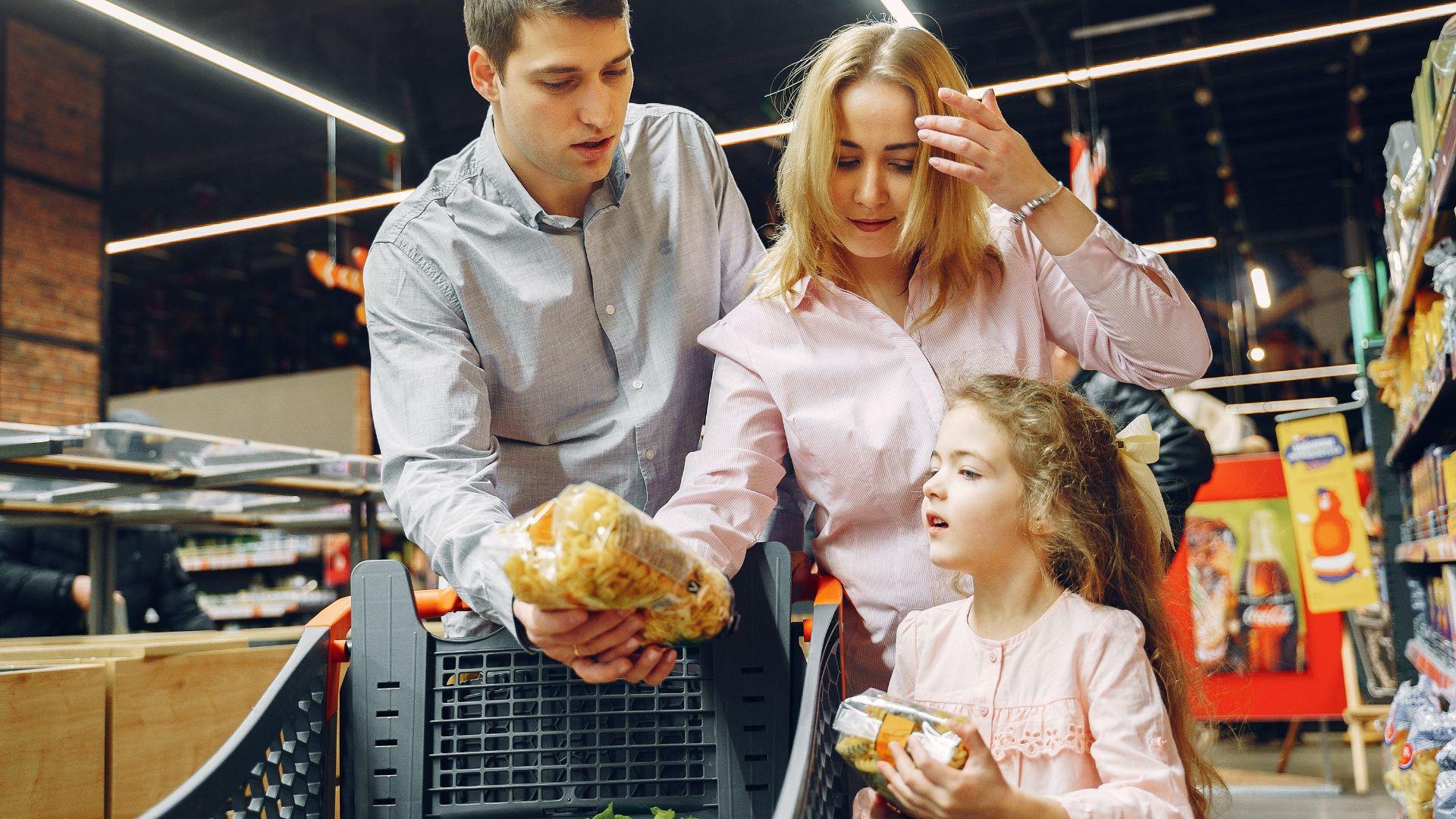
The issue of high grocery prices is more than just an economic concern; it significantly affects consumer sentiment.
A recent Axios survey revealed that 59% of respondents felt “angry, anxious or resigned” while grocery shopping, with groceries being the primary area where they feel the impact of inflation.
Slowing Inflation and Persistent High Prices
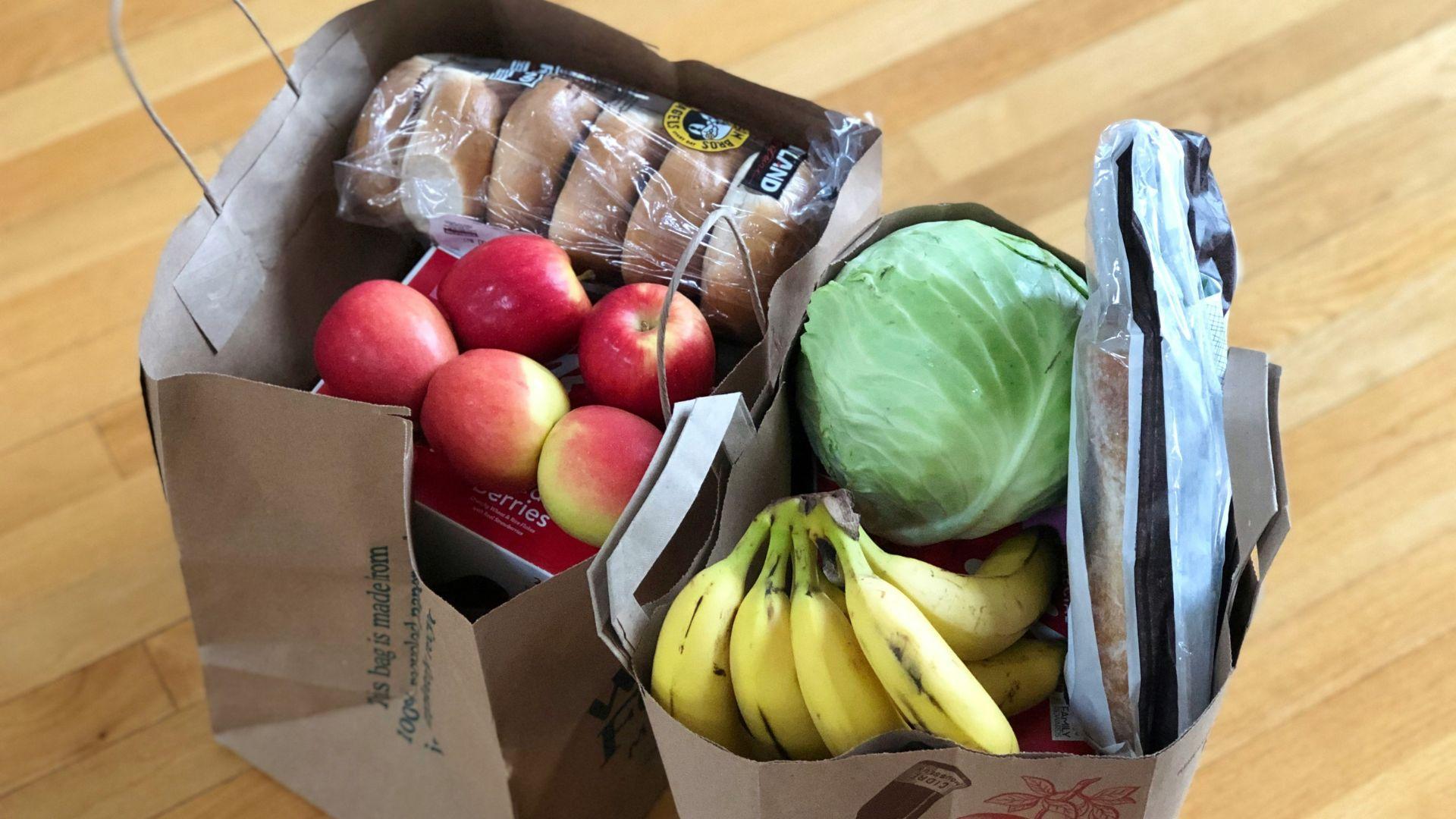
The New York Times reports that despite a deceleration in inflation, with food prices for home consumption rising by just over 1% as of December, according to the Labor Department, the Biden administration acknowledges that prices remain prohibitively high for many American households.
This situation underlines the complexity of the economic challenges facing the administration, especially as it relates to making living costs more manageable for the average citizen.
Challenges in Addressing Grocery Price Inflation

The administration admits to the difficulties in swiftly addressing the high cost of groceries, which are partly attributed to supply chain disruptions among other factors.
Bharat Ramamurti, a former economic aide to Mr. Biden, emphasized the dilemma, stating, “It’s hard to figure out what the short-term policy response is in this situation.”
Scrutiny of Grocery Chain Mergers

CNBC reports that the Federal Trade Commission is reviewing a potential merger between Kroger and Albertsons, two of the largest grocery chains, with widespread expectations that the merger will be blocked due to concerns over reduced competition and higher prices for consumers.
This regulatory scrutiny is part of broader efforts to ensure competitive practices in the grocery industry, which directly impact pricing and consumer choice.
Kroger Responds to Biden’s Criticism

In response to President Biden’s critique, Kroger has defended its pricing strategies, arguing that its proposed merger with Albertsons would ultimately benefit consumers by lowering prices, The New York Times reveals.
Keith Dailey, Kroger’s group vice president of corporate affairs, stated, “We agree with President Biden: Too many grocers in America have increased margins in contrast to Kroger, who have reduced our margins consistently for nearly 20 years to save customers billions.”
Analysis of Grocery Profit Margins
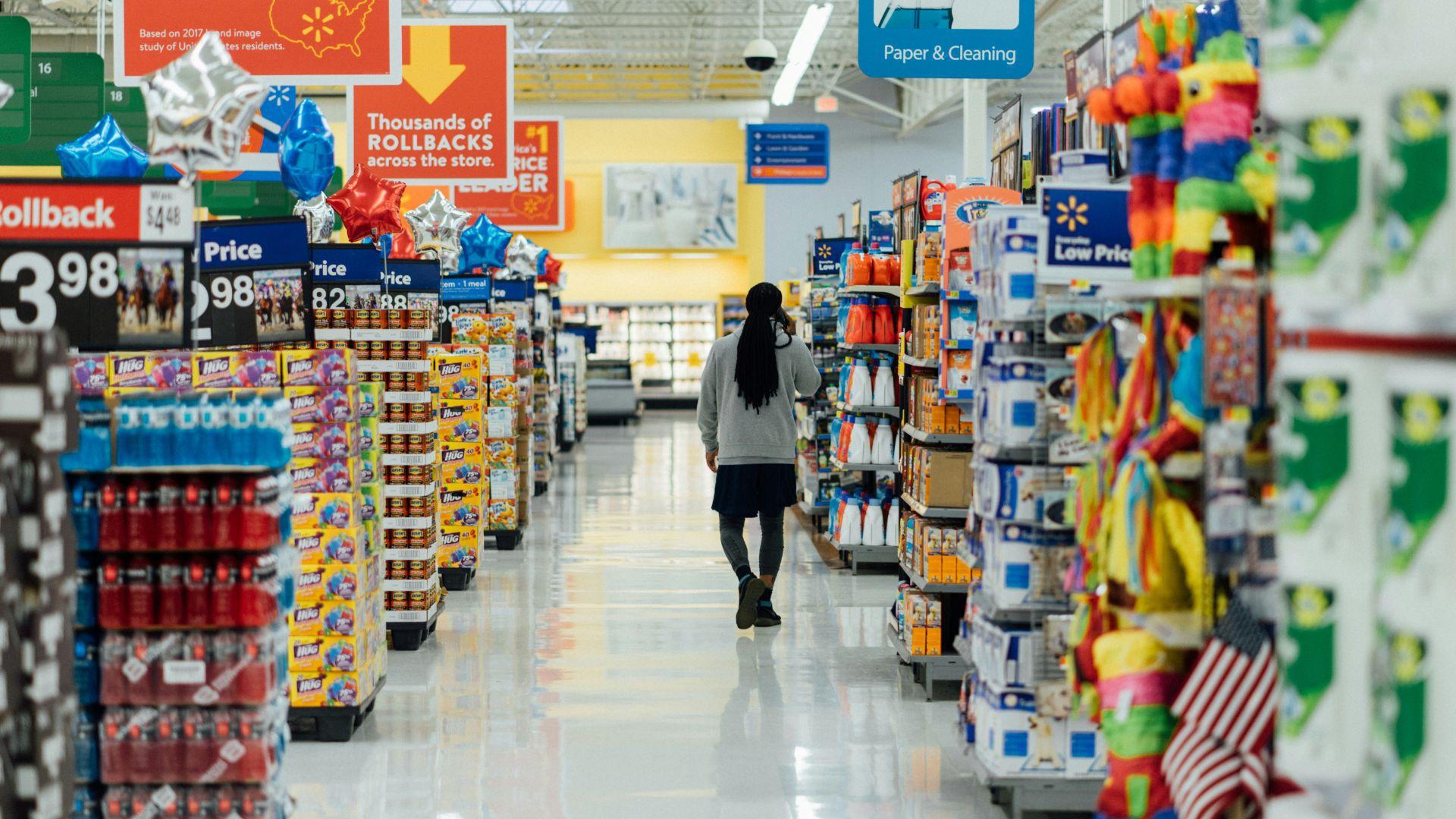
The New York Times reports that a White House Council of Economic Advisers analysis suggested that high profit margins among grocery retailers might be contributing to persistent high food prices.
The analysis, relying on data from the Census Bureau, showed an increase in margins for food and beverage stores since the pandemic began, reaching levels not seen in two decades.
External Factors Affecting Grocery Prices
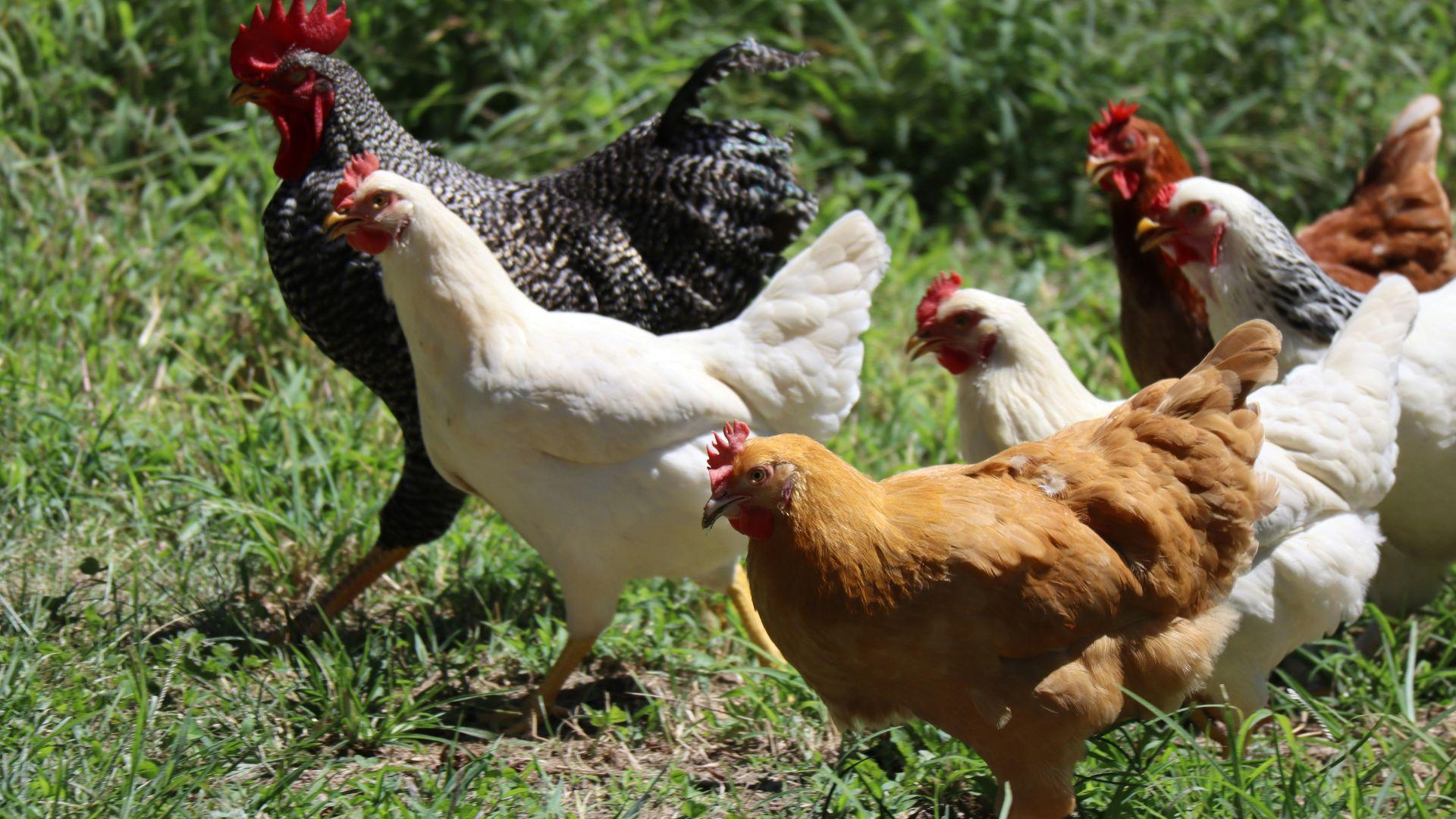
Apart from profit margins, The New York Times explains that various other factors such as avian flu impacting egg prices and supply chain disruptions have been identified as contributing to high grocery prices.
This broader context highlights the complex interplay of global and domestic issues affecting food pricing, beyond the control of individual retailers or even national policies.
The Influence of the Labor Market on Food Prices
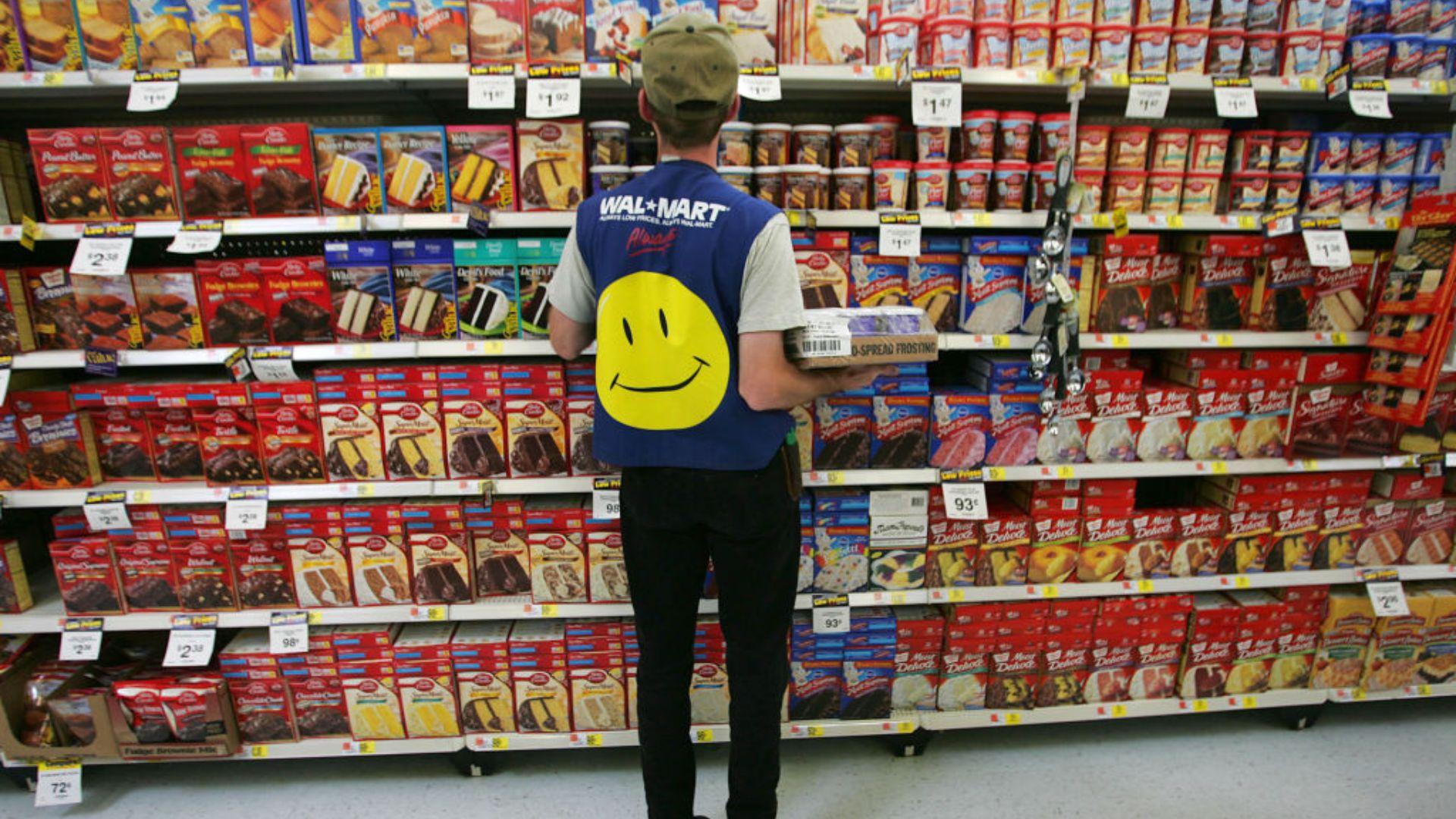
The Federal Reserve Bank of Kansas City has identified the strong U.S. job market and associated wage gains as significant factors in the rise of grocery prices.
This economic environment has led to increased costs in producing and distributing food, which are then passed on to consumers.
Government Efforts to Alleviate Grocery Prices

The New York Times notes that the Biden administration has undertaken several measures aimed at reducing grocery prices, including investments in the meatpacking industry and adjustments to federal food assistance benefits.
These initiatives reflect a comprehensive approach to addressing the factors driving up food prices, from enhancing industry competition to directly supporting low-income families through increased food stamp values.
The Future of Biden’s Grocery Pricing Policy

As President Biden continues to focus on reducing grocery prices, his administration is exploring various strategies to apply pressure on large grocery chains.
With a commitment to addressing the concerns of American consumers, the President has emphasized the importance of fair pricing, stating, “Americans, we’re tired of being played for suckers. And that’s why we’re going to keep these guys — keep on them and get the prices down.”
